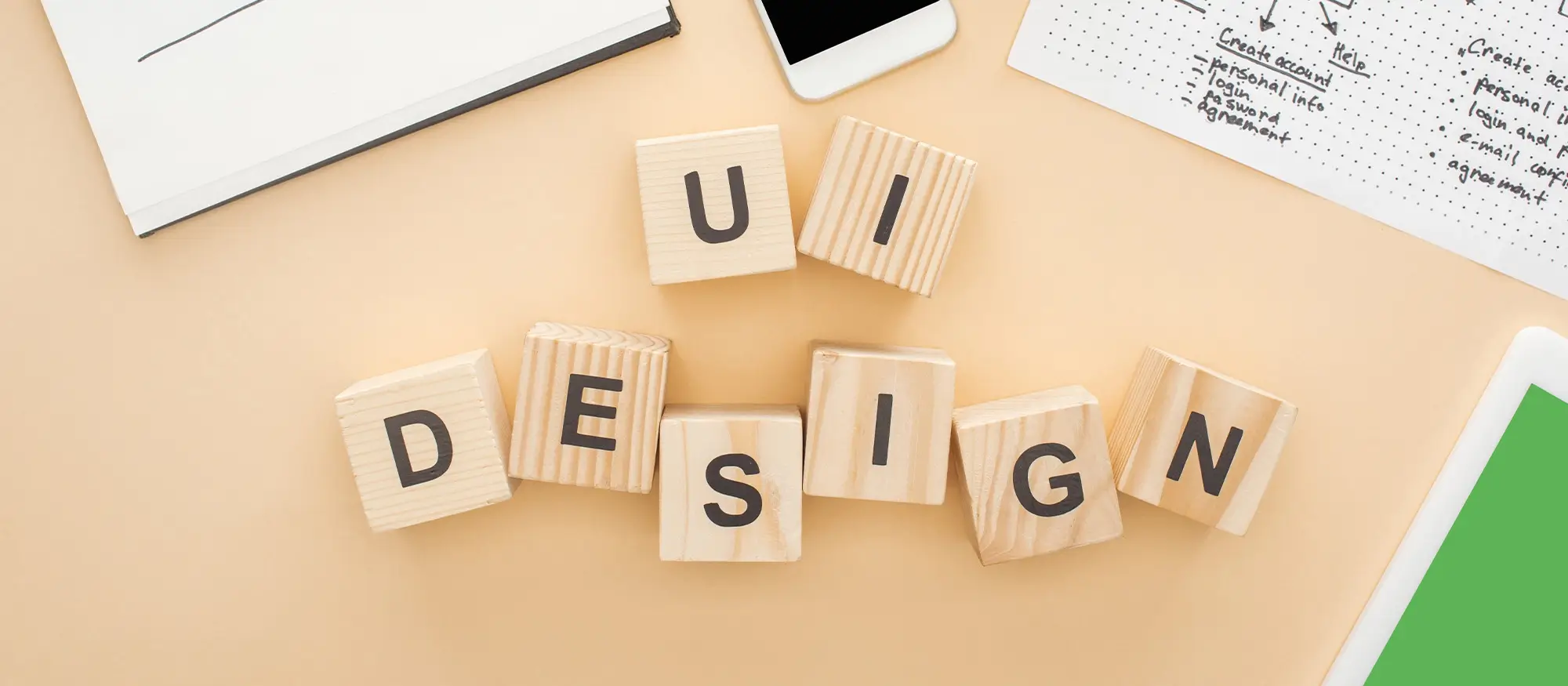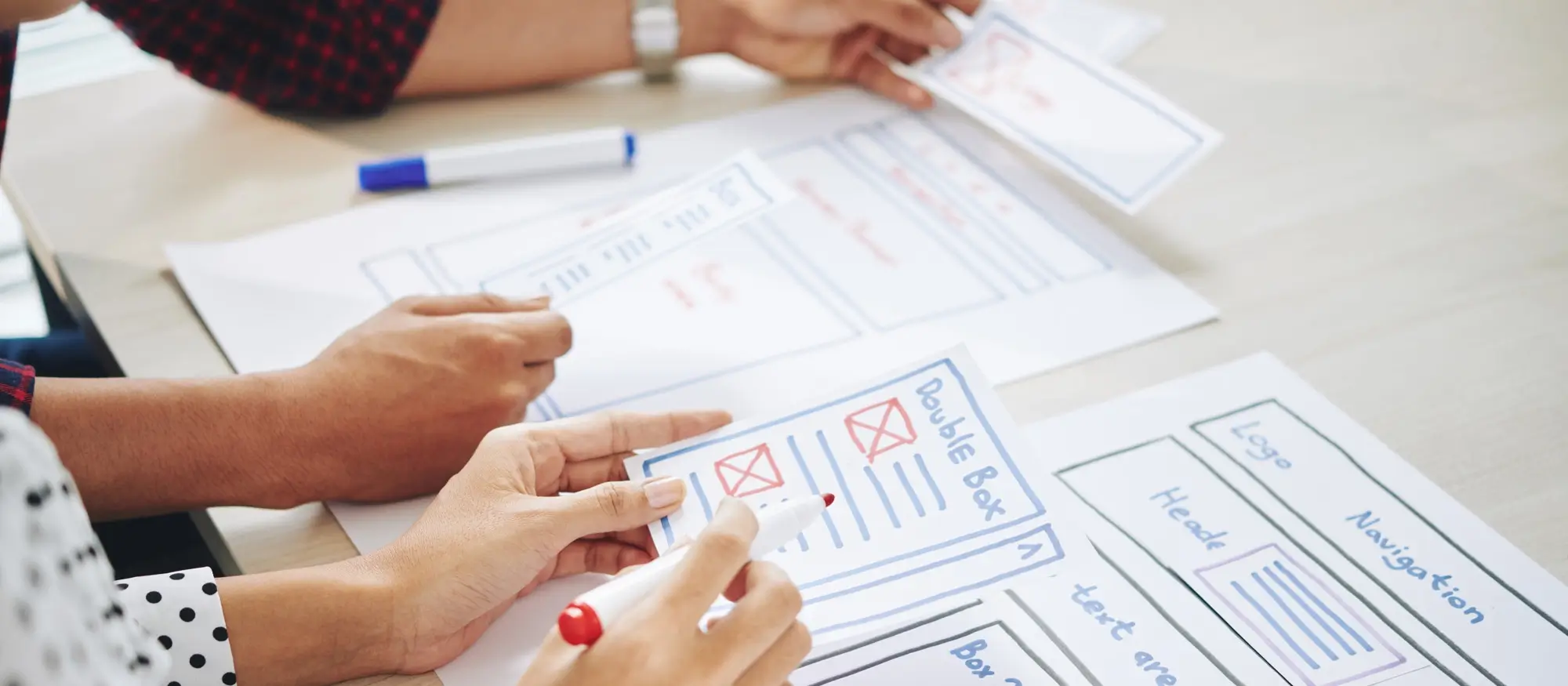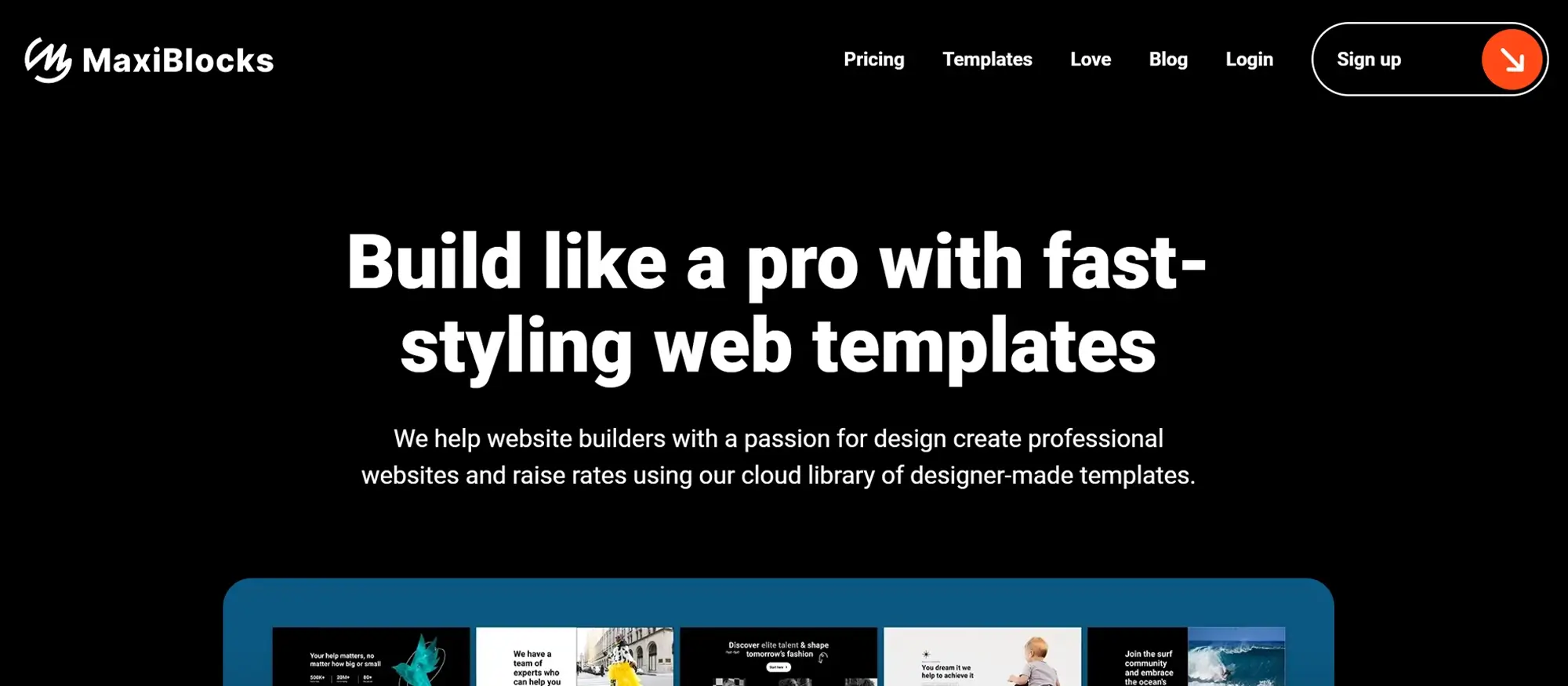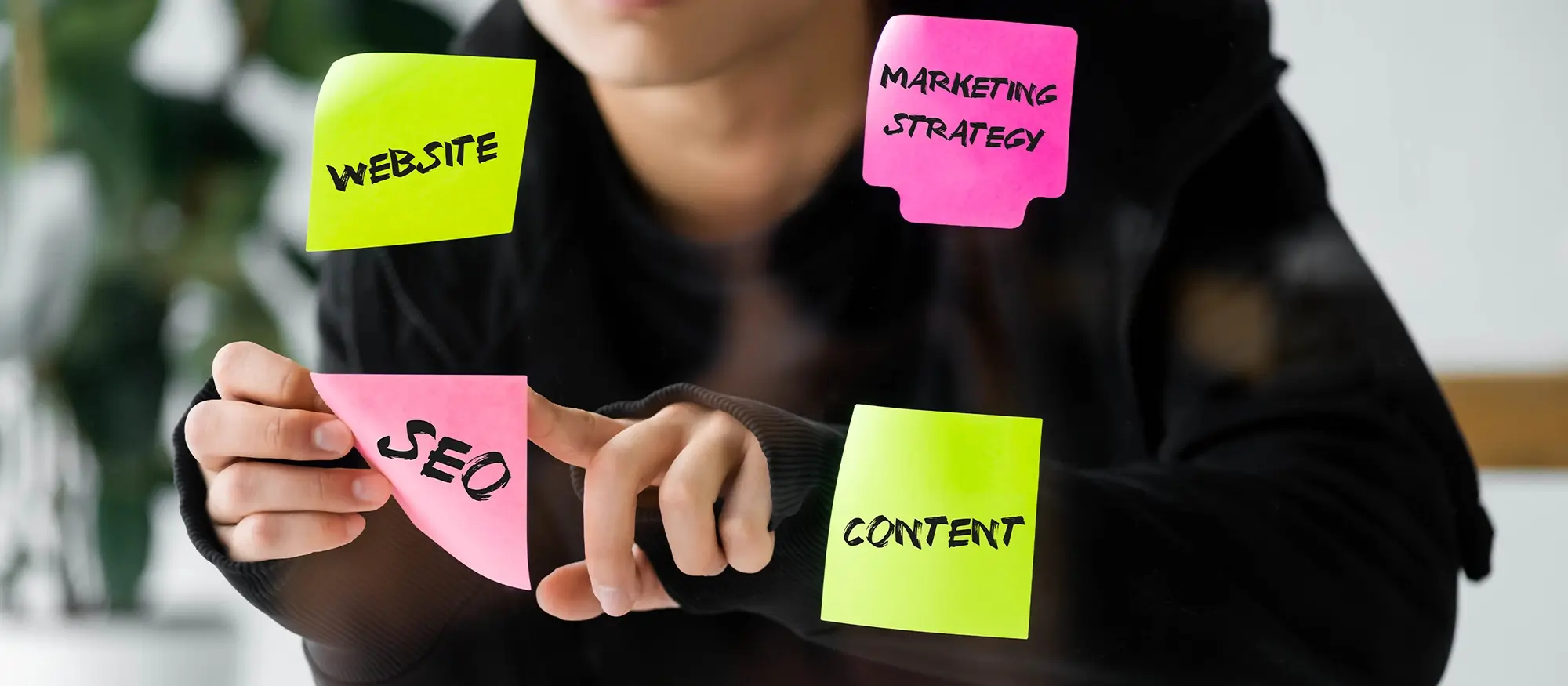WordPress block theme: WordPress Page Building with MaxiBlocks in 2025
Try MaxiBlocks for free with 500+ library assets including basic templates. No account required. Free WordPress page builder, theme and updates included.

A WordPress block theme is a theme built to work with the Site Editor, allowing you to design and customise your entire website using blocks. Unlike classic themes, block themes let you visually edit headers, footers, templates and content using the drag-and-drop block editor.
Updated 15th May 2025
MaxiBlocks guide for 2025
Build professional websites with zero coding
In this guide, we explore the power of website builders for WordPress with a focus on MaxiBlocks. MaxiBlocks is a no-code WordPress blocks theme that lets you create stunning, professional websites without writing a single line of code. Whether you’re new to WordPress or an experienced designer, this guide walks you through everything you need to know about using MaxiBlocks in 2024. From installation to advanced layout techniques, you’ll learn how to get the most out of this powerful tool.
What makes MaxiBlocks different
MaxiBlocks stands out for its ease of use and flexibility. With a simple installation process, you can start building straight away. It includes an extensive library of templates and blocks, making it ideal for rapid website creation. Advanced features such as Flexbox layout controls, scroll effects and dynamic content integration provide the design power needed for more complex projects.
Responsive design is built in, ensuring your website looks great across desktops, tablets and mobile devices. It also supports SEO optimisation and integrates with tools that help boost visibility and site performance. Regular updates and strong community support mean you always have access to new features and help when you need it.
Installing and setting up MaxiBlocks
Installing MaxiBlocks is straightforward. From your WordPress dashboard, go to the Plugins section, click Add New and search for MaxiBlocks. Once you find it, click Install Now followed by Activate. After activation, you can begin setting up your first project.
Choose a Style Card to apply consistent design settings across your entire site. Then access the template library from within the Gutenberg editor. Select a layout that suits your project and begin editing using the visual interface. The drag and drop functionality makes it easy to customise blocks, insert new elements and adjust content layout without needing any technical knowledge.
Key features and tools inside MaxiBlocks
MaxiBlocks includes a wide range of features designed to support creative freedom while keeping the editing process simple. You can explore and insert pre built templates and patterns directly from the editor. Every block comes with styling options, letting you customise spacing, colours, fonts and behaviour.
The grid system is powered by Flexbox, which allows you to create responsive layouts that adapt to different screen sizes. Scroll effects, animations and background settings give you creative tools to make your site more engaging. There’s also support for dynamic content, so you can create templates that pull in live data, perfect for blogs, portfolios or product catalogues.
From the top left of the Gutenberg editor, the MaxiBlocks toolbar gives you full access to your template library, Style Cards and customisation tools. The sidebar on the right lets you fine tune every block with clear controls and layout options.
A modern tool for building better WordPress websites
MaxiBlocks is one of the most complete and user friendly WordPress tools available today. The MaxiBlocks plugin gives you everything you need to build advanced layouts and customise them with ease. Pair it with the MaxiBlocks Go theme to unlock full site editing and ensure consistent performance and styling across your project.
Whether you’re building your first website or redesigning an existing one, MaxiBlocks offers the tools, templates and design flexibility to help you create something impressive. Try it today and see how much simpler and more creative your web design process can be.

Mastering templates and blocks in MaxiBlocks
Using pre-designed templates to speed up your design process
One of the main advantages of working with the MaxiBlocks WordPress blocks theme is its wide library of beautifully crafted templates. These templates are not only visually appealing but are also structured with functionality in mind. They offer a strong starting point, allowing you to build a professional site without having to start from scratch.
How to browse and insert templates in MaxiBlocks
The MaxiBlocks template library is built right into the editor and is organised by category. Whether you’re creating a landing page, portfolio, business site or online shop, you’ll find a template that suits your goals. Templates are grouped by use case, making it easy to find one that fits your project without needing to sort through unrelated layouts.
When you find a template you want to use, inserting it into your page is a single click. It drops directly into your page layout and is immediately ready for editing. This saves you time and helps you maintain a consistent structure and design across your entire website.
Customising templates with your own content
Once a template is in place, it becomes your canvas. You can replace the placeholder text and images with your own content, change fonts and colours and update layout settings to match your brand. The drag and drop interface lets you reposition blocks and modify spacing easily, so your design feels tailored rather than templated.
Templates in MaxiBlocks are designed to be flexible. They provide structure, but you have full control over every element, allowing for as much or as little change as you need. This is ideal for users who want creative control but still benefit from having a professional design as a starting point.
Working with individual blocks for fine-tuned control
Each block in MaxiBlocks is customisable through a simple interface. Click on any block and the sidebar will show the available options. You can adjust the text, swap images, change colours or update layout properties like padding and alignment. These controls are designed to be user friendly, even for those with no design background.
This level of flexibility means you can build pages that feel entirely custom without building everything from scratch. Whether you’re using a full page template or creating layouts from smaller block patterns, MaxiBlocks gives you the tools to create a unique site that reflects your brand and works across all devices.
As you explore the features of MaxiBlocks, you’ll find that mastering templates and blocks is about combining speed with customisation. The pre-built designs give you a fast start, and the block editing tools give you the freedom to make it your own.
Subscribe to our newsletter
Advanced design techniques in a WordPress blocks theme
Enhancing your layout with layering and animation
Create visual depth using layering techniques
Layering adds visual complexity to your website and helps guide user focus. In the MaxiBlocks WordPress blocks theme, you can easily stack design elements to build a dynamic layout. Start with a base layer such as a background image, solid colour or video. Then place content blocks like text, buttons or icons on top. You can use opacity controls, shadows or masks to blend layers and add separation between them. This creates depth while maintaining clarity in your design.
Use animation to boost interactivity
Adding movement through animation keeps your visitors engaged. MaxiBlocks offers built-in tools for hover and scroll animations. For example, a button can grow slightly and change colour when hovered over, giving immediate feedback to users. Background images can use scroll effects such as parallax motion, creating a layered sense of motion. These small touches enhance user experience without overwhelming the layout.
Building responsive layouts with Flexbox
Control structure and alignment with Flexbox containers
Flexbox is a layout model that powers responsive design in MaxiBlocks. It allows you to place blocks inside containers and arrange them in rows or columns. You can align content to the left, centre or right, and adjust vertical alignment as well. Flexbox also lets you add spacing between elements, change their order, or stretch them to fill available space. This ensures that your content looks balanced and accessible across all devices.
Manage responsive behaviour using breakpoints
Breakpoints are predefined screen widths that help tailor your layout for different devices. MaxiBlocks includes six breakpoints, covering displays from wide desktops to small phones. For each breakpoint, you can adjust font sizes, spacing, block visibility and layout direction. This means your content remains easy to read and interact with, no matter the screen size. Using breakpoints gives you full control over how your site behaves on different devices, improving both design consistency and usability.
Designing with flexibility and control
By combining layering, animation, Flexbox and breakpoints, you can create websites that are not only visually appealing but also responsive and functional. MaxiBlocks gives you the tools to manage both the look and the behaviour of your site without needing extra plugins or custom code. These advanced techniques help you move beyond basic layouts and design professional, interactive websites that adapt beautifully across devices.

Integrating dynamic content and SEO best practices
Making your website more engaging with dynamic content
Use dynamic content to keep your site fresh
Dynamic content helps create a website that feels current and tailored to each visitor. In the MaxiBlocks WordPress blocks theme, dynamic tools like the context loop block and repeater fields allow you to display real time content based on specific criteria. Whether you are showing the latest blog posts or highlighting team members, these tools automate updates and reduce the need for manual editing.
Display posts with the context loop block
The context loop block is ideal for displaying a list of posts, products or custom content. You can filter posts by category, tag or custom taxonomy, and display each item with a featured image, title and short excerpt. This keeps your pages updated automatically and ensures visitors always see the most relevant content.
Manage repeated layouts with repeater fields
Repeater fields make it easier to manage sections with repeated elements. For example, you can use them to create a team section where each member’s photo, name and bio appear in a structured layout. You only need to set the design once, and then populate it with new entries as needed. This saves time and ensures design consistency.
Optimising your website for search engines
Use SEO-friendly templates as a starting point
MaxiBlocks offers pre-designed templates built with SEO best practices in mind. These templates feature clean code and a logical structure, which helps search engines understand your content. They also make use of optimised heading hierarchies and correctly tagged content, both of which support higher rankings.
Add effective meta tags and page descriptions
Meta tags and descriptions help search engines identify what your pages are about. With MaxiBlocks, you can easily edit this information for each page. By writing clear, keyword-rich descriptions and accurate meta titles, you improve your chances of ranking well in search results and attracting the right audience.
Improve site speed for better SEO performance
Website speed plays a direct role in user experience and search engine rankings. MaxiBlocks supports performance by generating clean HTML and CSS code. You can also optimise images, use fewer external requests and make use of built-in performance options. These steps help reduce load times and keep visitors on your site longer.
Building a fast and discoverable website
Dynamic content keeps your site fresh and engaging, while SEO best practices help ensure your pages are visible in search results. With built-in tools and templates that support both, MaxiBlocks gives you the foundation to build a site that performs well for users and ranks well in search engines. By combining real time content features with SEO optimisation, you can create a website that grows with your audience and keeps them coming back.
Build like a pro
Troubleshooting tips with a WordPress blocks theme
Solving common issues with MaxiBlocks
Even with a user-friendly theme like MaxiBlocks, occasional issues may arise. Most problems can be resolved with a few quick checks and simple adjustments.
Check for plugin conflicts
If something is not working as expected, begin by checking for conflicts with other plugins. Incompatible or outdated plugins may interfere with how MaxiBlocks loads or functions. Try deactivating other plugins one at a time to identify the source of the problem. Once identified, look for an update or an alternative plugin that works more smoothly with your setup.
Review template responsiveness
Sometimes templates may not display correctly across devices. To resolve this, test your layout on different screen sizes and use the built-in responsive settings in MaxiBlocks. Check the breakpoints and adjust padding, alignment or font sizes as needed. These controls help ensure your website looks polished and functional on both desktop and mobile devices.
Use available support resources
If you need extra help, take advantage of the resources provided by the MaxiBlocks team. The official documentation covers installation, layout tools, styling options and dynamic features. Tutorials offer step-by-step guidance, and the support forum is a great place to ask questions or browse existing solutions shared by other users.
Learnings recap
MaxiBlocks makes it possible to build professional WordPress websites without writing code. You’ve now explored everything from installing and setting up the theme to using advanced design tools, dynamic content features and SEO enhancements.
The drag-and-drop interface simplifies customisation. The wide range of templates and blocks gives you a flexible starting point for any type of project. Features like Flexbox controls and breakpoints ensure your layout remains responsive and easy to manage. Layering, animation and scroll effects give your site visual depth. Dynamic content keeps your pages current, and SEO tools help your site rank higher in search results.
MaxiBlocks also stands out for its regular updates, helpful support and growing community. Whether you’re just starting out or managing multiple sites, this theme provides the tools to design with confidence and creativity. Keep building, keep experimenting and make the most of everything MaxiBlocks has to offer.

Final thoughts and key takeaways
MaxiBlocks is more than a page builder. It is a creative platform that gives you the freedom to build visually impressive, highly functional websites without needing to write code. Whether you are new to WordPress or have years of design experience, MaxiBlocks offers a streamlined approach to site building through its intuitive interface, flexible layout tools and extensive library of templates and patterns.
From basic setup to advanced customisation, MaxiBlocks adapts to your workflow. With built-in support for Full Site Editing, responsive design powered by Flexbox, and tools for dynamic content and SEO, it gives you everything you need to create fast, modern websites that perform well and look great across all devices.
You also benefit from regular updates and a helpful support team, which means you’re always backed by an evolving and reliable toolset. If you’re looking for a flexible and future-proof way to build WordPress websites, MaxiBlocks is a smart and user-friendly choice.
To get started, try the MaxiBlocks page builder plugin and pair it with the MaxiBlocks Go theme. Together, they offer one of the best free solutions for building responsive, professional WordPress websites no coding required.
WordPress blocks for layout design and customization
Learn how to use WordPress blocks to create stylish, responsive sections without code.
FAQs – WordPress blocks theme
What is a WordPress blocks theme?
A WordPress blocks theme is a type of theme built entirely using the WordPress block editor. It supports Full Site Editing, which means you can design every part of your website including headers, footers, templates, and global styles directly in the editor without writing code.
How is a blocks theme different from a traditional theme?
Traditional themes rely on PHP templates and the Customiser for layout and design. Blocks themes replace this with a visual interface where you can use blocks to build the entire site, offering more flexibility and control through the Site Editor.
What can you customise with a blocks theme?
You can customise nearly every part of your site including the homepage, posts, pages, archive templates, headers, footers, and sidebars. You can also adjust colours, fonts, spacing and other global design settings in one place.
Are WordPress blocks themes easy to use?
Yes, blocks themes are beginner friendly. The visual editor makes it simple to create layouts, insert content and apply styling. You don’t need to write code or understand theme files to build or edit your website.
Where can I find blocks themes?
You can find blocks themes in the WordPress dashboard under Appearance > Themes. Use the “Block Themes” filter to browse themes that support Full Site Editing. Many are free and available through the official WordPress theme directory.
Can I use plugins with a blocks theme?
Yes, blocks themes support most WordPress plugins, especially those that work with the block editor. Plugins that add custom blocks, forms, SEO tools or visual enhancements work well alongside a blocks theme.
Are WordPress blocks themes responsive?
Most blocks themes are fully responsive, meaning they automatically adjust to fit all screen sizes. This ensures a consistent experience for users on mobile phones, tablets and desktops.
Can developers create custom blocks and templates?
Yes, developers can create custom blocks and templates within a blocks theme using HTML and block markup. WordPress also allows for advanced customisation with block styles, template parts and pattern libraries.
What are block patterns in a blocks theme?
Block patterns are pre-designed sections made of multiple blocks. Blocks themes often include a library of these patterns, allowing you to quickly insert layouts like call-to-actions, testimonials, or service sections and customise them visually.
Are blocks themes suitable for all types of websites?
Yes, blocks themes can be used for blogs, business websites, portfolios, landing pages, and even e-commerce stores. With the right combination of blocks and plugins, they offer a flexible foundation for almost any type of site.
WordPress itself
Official Website
wordpress.org – This is the official website for WordPress, where you can download the software, find documentation, and learn more about using it.
WordPress Codex
codex.wordpress.org/Main_Page – This is a comprehensive documentation resource for WordPress, covering everything from installation and configuration to specific functionality and troubleshooting.
WordPress Theme Directory
wordpress.org/themes – The official WordPress theme directory is a great place to find free and premium WordPress themes. You can browse themes by category, feature, and popularity.
maxiblocks.com/go/help-desk
maxiblocks.com/pro-library
www.youtube.com/@maxiblocks
twitter.com/maxiblocks
linkedin.com/company/maxi-blocks
github.com/orgs/maxi-blocks
wordpress.org/plugins/maxi-blocks

Kyra Pieterse
Author
Kyra is the co-founder and creative lead of MaxiBlocks, an open-source page builder for WordPress Gutenberg.
You may also like

